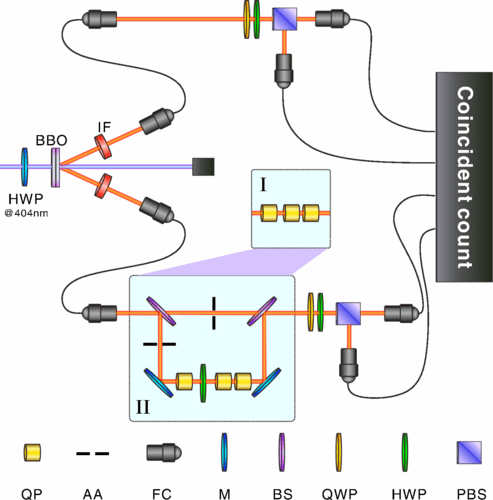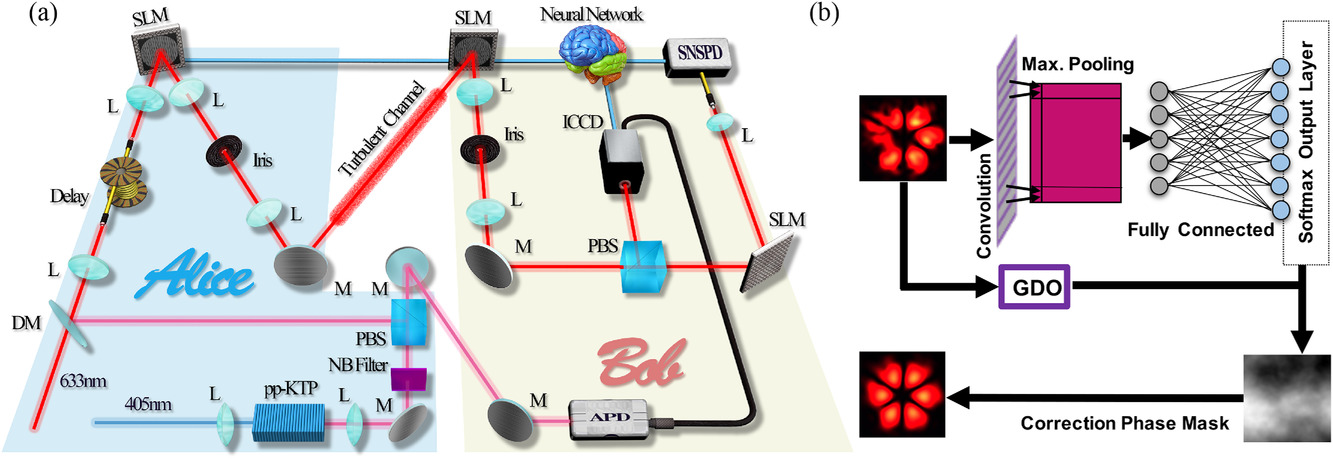Atos announces the development of a new Quantum Annealing Simulator, thus becoming the world’s first company to provide powerful simulation solutions to explore the two main technological paths of quantum computing: quantum annealing, via its new solution, and universal gate quantum computing, via its existing Atos Quantum Learning Machine offering (Atos QLM).
While universal gate model quantum computing offers a wider range of opportunities than quantum annealing, it relies on qubits which are currently extremely prone to error. Quantum Annealing, being less affected by noise, brings us closer to affordable quantum applications and provides an exceptional way of exploring specific management and optimization problems. Delivering powerful quantum annealing simulation capabilities, Atos’ new solution was designed to spur innovation in various fields, such as finance, energy, manufacturing, transportation, logistics, chemistry and pharmaceutics, and by helping industrials and researchers in developing and testing quantum algorithms for the future NISQ era.
Atos’ Quantum Annealing Simulator will be compatible with the Atos Quantum Learning Machine, offering customers the best of both worlds while enabling them to switch quantum methods based on their specific needs.
Atos’ Quantum Annealing Simulator will use a classical architecture to simulate the behavior of a perfect, noiseless quantum annealer thanks to high performance computing techniques and top-class characteristics:
- Fully tunable – a software-based simulator that allows users to play with all parameters in the simulation;
- Highest efficiency – optimized to make the most of an HPC architecture while providing unequalled levels of results accuracy;
- Greatest Scalability – Atos’ Quantum Annealing Simulator can emulate a few thousand perfect spins in a few seconds.
Atos’ Quantum Annealing Simulator will be available for researchers, students and businesses in Q4 2020.



